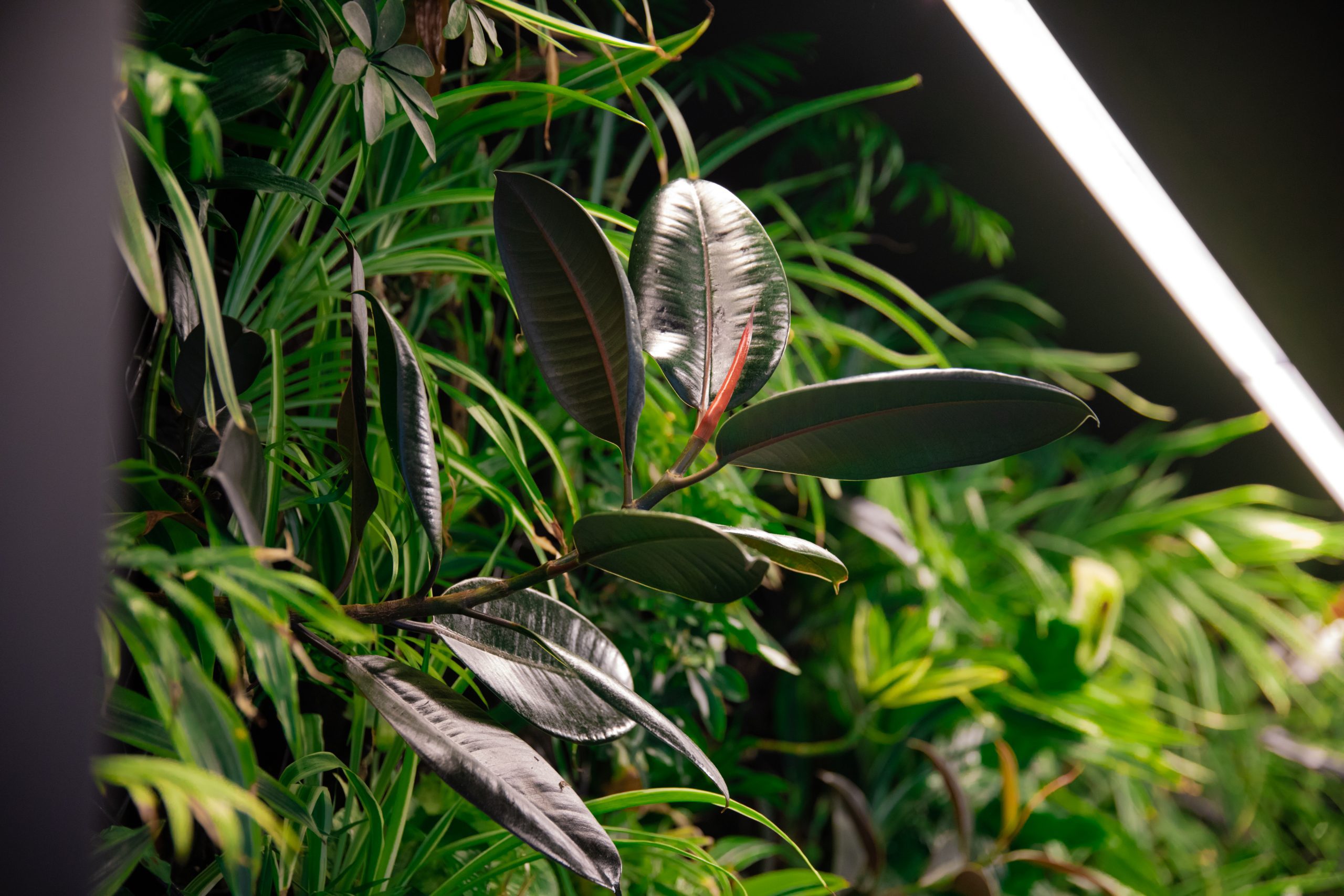Living walls are a captivating feature in both indoor and outdoor spaces, adding a touch of nature to urban environments. However, maintaining these lush vertical gardens generally requires more than just regular watering and occasional pruning; effective maintenance services will include proactive pest management to ensure plant health and vitality. This guide lists 5 tips that you should consider to keep pests away and maintain a thriving living wall.
1. Ensure Active Air Circulation
One of the key factors in pest prevention for living walls is avoiding stagnant air. Stagnant air can create an ideal environment for pests such as aphids, spider mites, and whiteflies to thrive. To counteract this, ensure proper air circulation around the living wall. Choose a location with adequate ventilation or integrate your living wall project with the HVAC system (see tip #5) in your building. This not only helps in preventing pests but also promotes the overall health of the living wall by reducing mold growth.

2. Urban Heat Island Mitigation
Cities tend to be much warmer than their surrounding rural areas due to the abundance of heat-absorbing surfaces like asphalt and concrete. Green roofs combat this urban heat island effect by providing a cooler microclimate, thus improving the overall livability of urban areas.
3. Implement Proactive Pest Control Measures
Incorporate proactive pest control measures into your maintenance routine to prevent infestations before they occur. This can include using natural predators such as ladybugs or lacewings to prey on common pests like aphids and mites. Additionally, consider applying organic insecticidal soaps or neem oil sprays as a deterrent against pests while minimizing harm to beneficial insects and the environment.


4. Opt for Hydroponic Systems
By acting as a barrier and insulator, green roofs can extend the lifespan of a roof membrane, resulting in savings on maintenance and replacement costs. Additionally, these green installations can increase property values and rental income. The long-term financial benefits are a significant driver for both building owners and developers.
5. Consider Biofilters for Active Air Flow
Biofilters, which integrate living walls into air filtration systems to improve indoor air quality, also contribute to reduced pest issues due to their active airflow. The constant movement of air through the biofilter helps to deter pests and disrupt their breeding cycles.
Overall, maintaining pest-free living walls requires a combination of proactive measures, regular maintenance, and careful attention to environmental factors. By ensuring active air flow circulation, implementing proactive pest control measures, and opting for hydroponic systems, you can enjoy the beauty of living walls without the hassle of pests.
